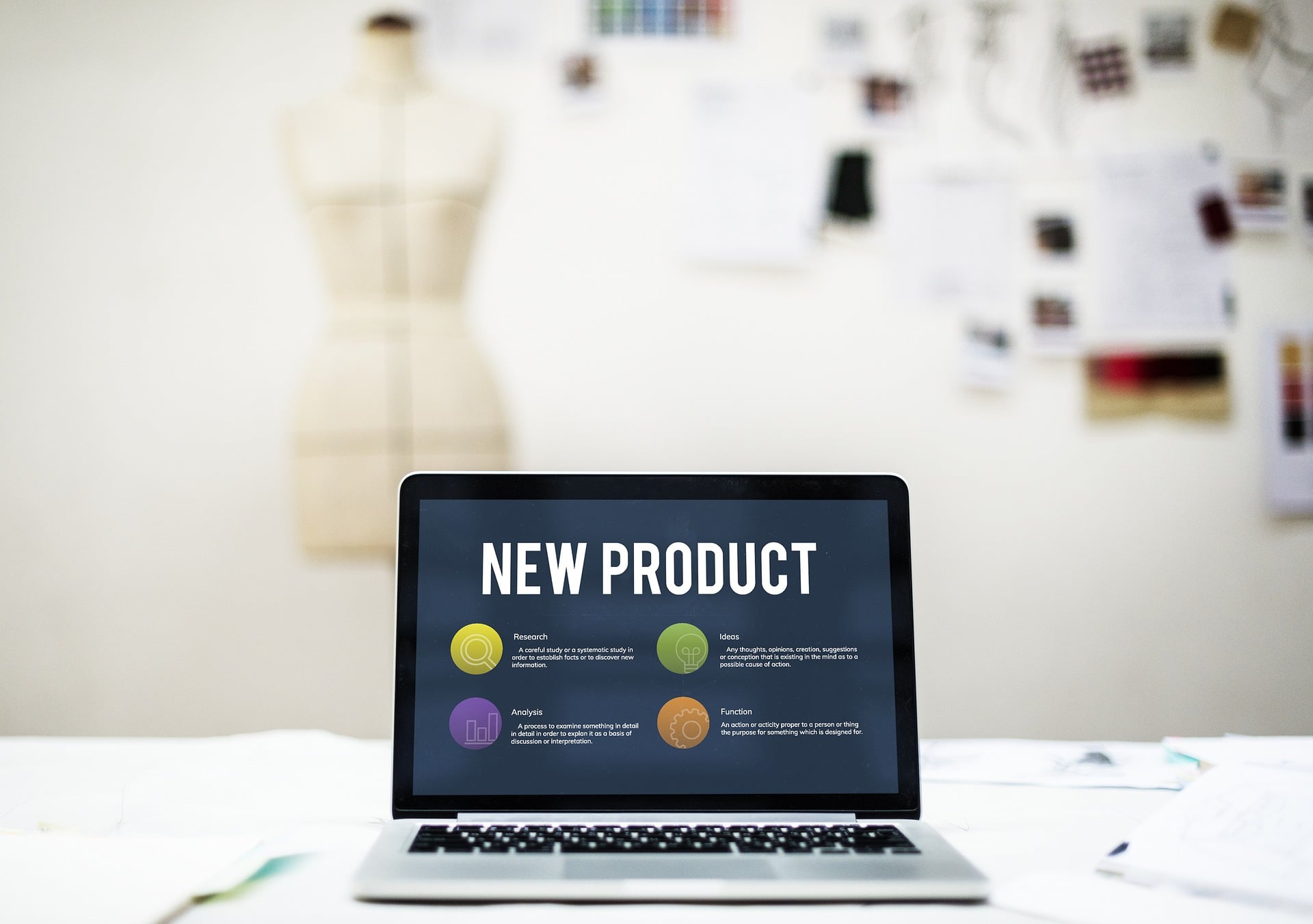Model Name : Transient Competitive Advantage
Creator : Rita Gunther, Harvard Business Review
Year : 2013
Purpose : Innovation strategies | creating new advantages | competitive advantage | business strategy
Imagine you are offering the most unique and extraordinary products and services to your customers. You are sure that very few companies are providing such remarkable services as you do. So the competitive advantage that you have built so far is singular and excellent in all ways.
But, after a few years, your unique offerings are emulated by a new company and your customers begin to avail services from that company instead of you. After all, everyone can copy your products and imitate your strategy when they know it’s profitable.
What will you do? Try to defend your competitive advantage? But how long will you stay on the defense?
Depending upon your current competitive advantage can cause you serious trouble. In this fast-paced business world, you need to be constantly competitive. Instead of relying on a sustainable competitive advantage year after year, you should build new and innovative strategies to compete in the market and stay offbeat.
What Transient Strategy Says
Transient Competitive Advantage strategy contemplates the same phenomenon. It states that competitive advantages are often transitory and short-lived. It emphasizes the need to create new advantages continuously through innovative strategies.
Companies need to focus on the speed of competitive advantages . If it stands on one competitive advantage and keeps defending it, it might fall down soon.
Innovation is the Key
We all are aware of the rapid and constant changes in the business world due to globalization and the digital revolution. The barriers to entry in any industry are now condensed into minor hedges. That means, what position your company held 5 years ago would not be the same today.
This world has now become an open land where the sharing of information is easy and fast, copying the methods of other companies is feasible and coming up with any new idea is entirely possible.
What you would have just imagined a few years ago, you can see it now into its practical realm. Who had thought a few decades ago that contacting a person sitting a thousand miles away is actually possible?
Now a hundred social media companies are providing free services through Wi-Fi to contact your distant friends via WhatsApp, Skype, Viber, IMO, etc.

But you may have noticed that all of these companies are offering more or less distinct features from each other. Otherwise, they would lose their position in the market .
This is the key!
Differentiating yourself and giving unique customer value in any possible way is what makes you steady in the industry. Changes should be made from time to time with new advantages.
Innovating faster is the only solution today to get through the industrial changes and technological advancements. If you keep holding on to your single old-established outdated strategy, you will close all the doors to your success.
Thus, it is very essential that you create short-term competitive advantages, bring changes and novelty in your offerings and deliver something new each time to delight your customers. In this only way, your customers will have a stronger bond with you and even your non-customers will associate with your company, becoming your loyal customers.
How to Build Transient Competitive Advantage
Constructing your transient competitive advantage goes through a procedure of five stages.

Image Source: www.position2.com
1. Launch
At this very first stage, you need to launch your new idea. Of course, you are done with the brainstorming process when you and your team have thoroughly searched the best possible opportunity available in the market and ultimately, finalized it as your next move.
To launch it practically, you have to organize the necessary resources to utilize the opportunity. Well, you can’t do it alone. So you should handpick those employees who welcome change and embrace new ideas. Only keen-eyed employees know that quickly responding to the market demands is vital for sustenance.
2. Ramp Up
When you have the right resources for the right idea, all you need to do is to scale them up at the right time. Ramp up is the second stage when you collate your resources to convert your hypothetical idea into a reality. Your employees must have effective organizational and planning skills to carry out this stage competently.
3. Exploit
Now you have executed your window of opportunity in the market, so at the Exploit stage, it becomes possible to achieve profits, a good market share and more customers for you. You are now responding to your competitors and exploiting the advantages.
During this process, you and your team must have a vigilant eye on the current market happenings and make strategies for mergers and acquisitions. Perform good decision making and use your analytical and conceptual skills to execute your advantage in the industry.
4. Reconfigure
When all is done, you may now start to relax. But, what if your competitors make a sudden move and emulate your strategy or come forward with a better one?
Now your advantage debilitates and starts to lose its spark. So, this stage induces you to overhaul and reconfigure your advantage. In order to maintain the uniqueness of your competitive advantage, you need those bold employees who don’t fear in twisting the situation into a desired one. Go through with your strategies and resources again. Reform your ideas by upgrading them a little to stay different from your competitors.
5. Disengage
Thus, you are now finished with this competitive advantage. Think to create a new advantage after a short interval.
Which Companies Have Adopted Transient Competitive Advantage
With its increasing importance among business professionals, numerous companies are adopting this strategy by focusing more on short-term competitive advantages rather than depending on one long-lasting advantage.
Transient Competitive advantage example
Two companies have recently shifted to this strategy. These are:
Fuji , a renowned photography company: Fuji was Kodak’s biggest competitor. The control of silver of Hunt brothers affected the company severely. At this time, the company decided to adopt a transient competitive advantage.
The company realized that if it depended on the costs of chemicals, it couldn’t control it will always stay vulnerable. So they founded ways that would make photography less dependent on chemicals. By the year 2014, it was the leading photography company with a revenue of $560 billion.

Milliken & Company , a chemical industry manufacturer: By the year 1991, all of Milliken’s competitors became victims of the surge that shifted all the textile manufacturing business to Asia.
Milliken adopted transient competitive advantage to have an edge over its competitors. It gradually started shutting down its American textile plants in the 1980s and continued to do so till 2009.
Simultaneously, the company invested in new technologies and invested in new opportunities that were within its reach. The company progressed from being a textile and chemicals producer in the 1960s to become a provider for flameproof products and advanced materials. The progress didn’t stop there, the company became a leader in specialty materials and high IP materials in the 2000s.
Final Thoughts
A transient competitive strategy is the ultimate future of this complex business world. Its continuous growth compels us to think again about whether we should start building short competitive advantages for our reliable future or just hold on to the long-established advantage for dear life.
References & more information
Book – The End of Competitive Advantage: How to Keep Your Strategy Moving as Fast as Your Business.
Tell us what you think ? Did you find this article interesting?
Share your thoughts and experiences in the comments section below.












Add comment